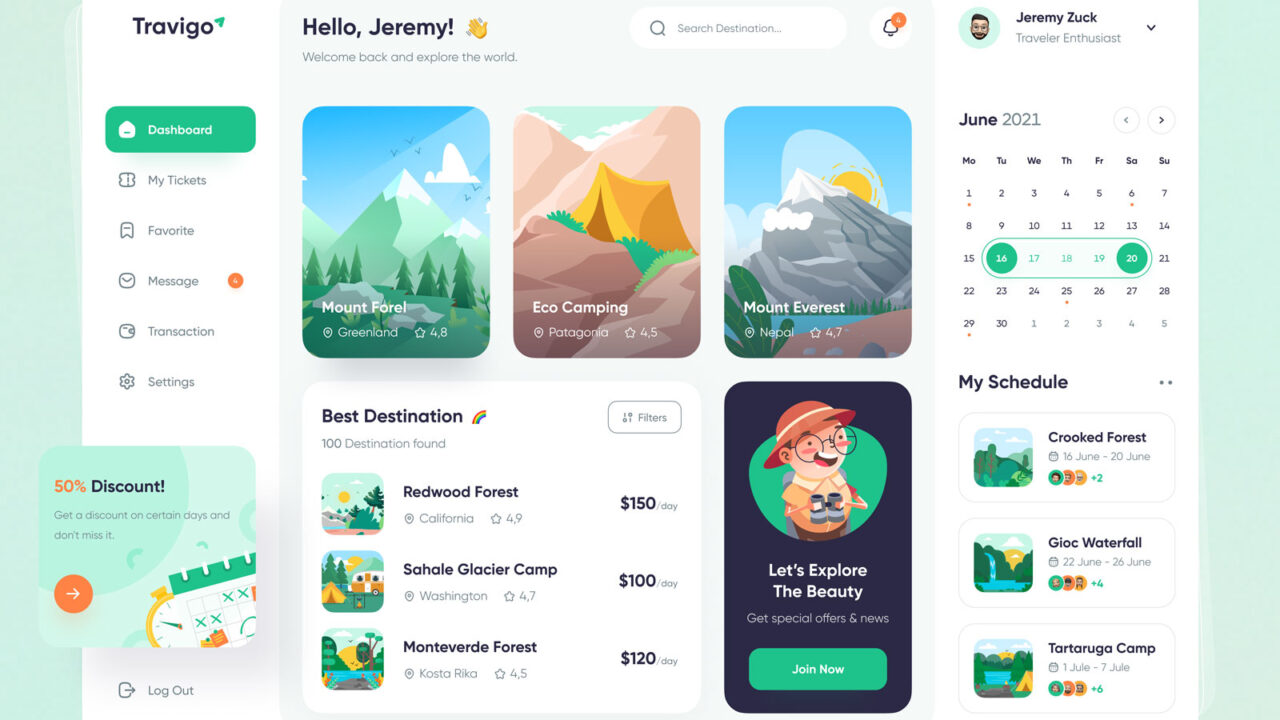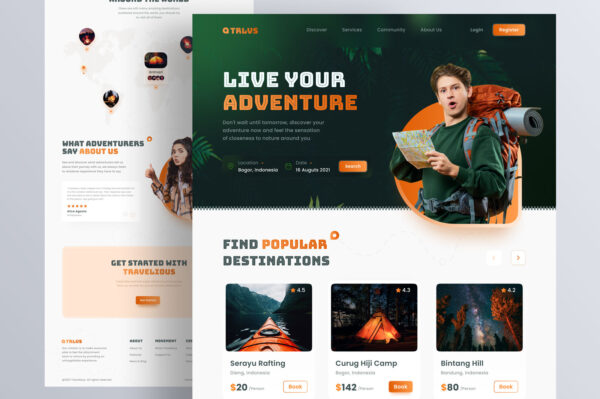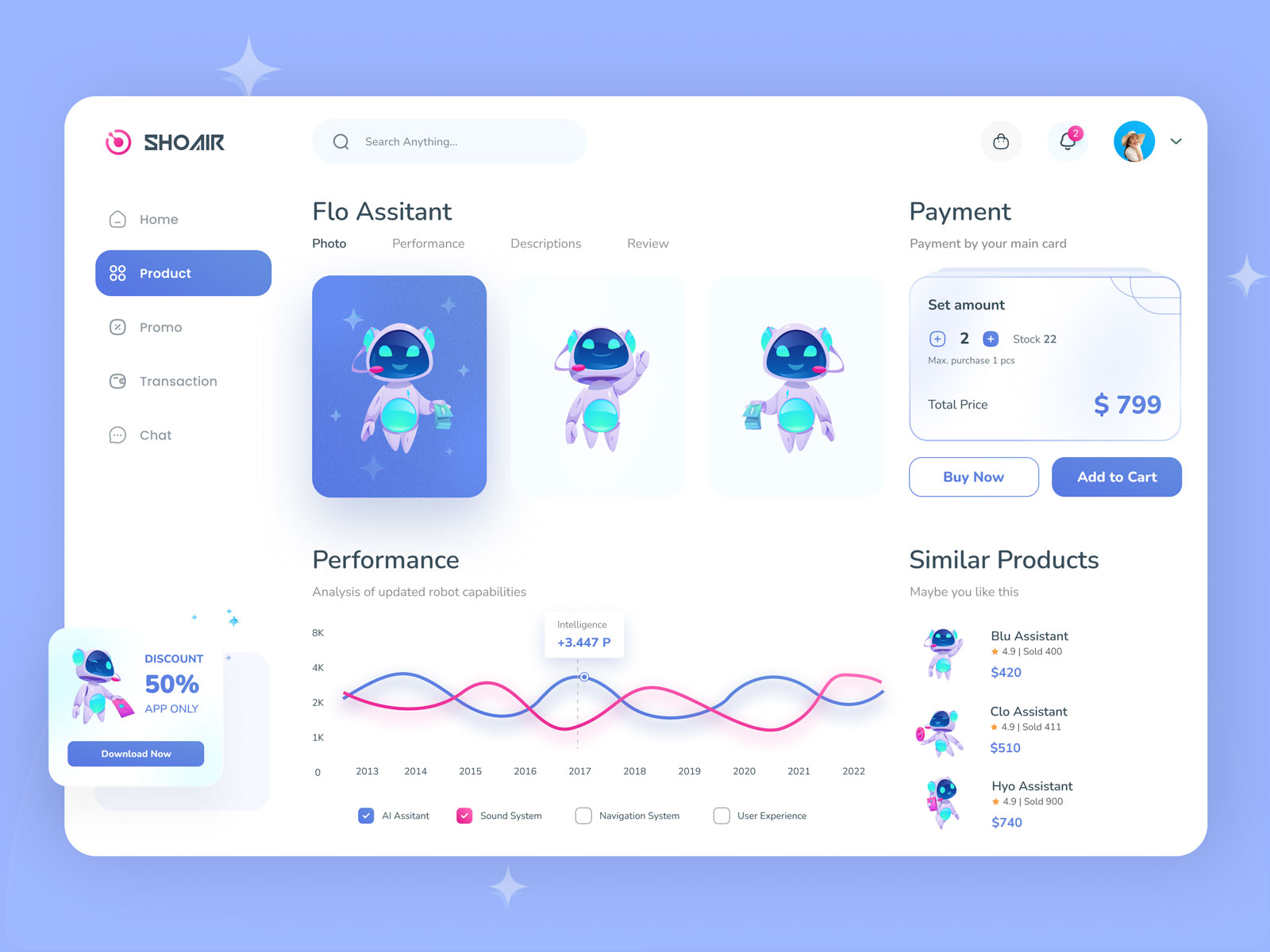In today’s gig economy, freelancing has become a viable and often preferred career path for millions of professionals worldwide. Whether you’re a writer, designer, developer, marketer, or consultant, the freelance marketplace offers unprecedented opportunities to build a career on your own terms. However, unlike traditional employment, freelancers must continually “interview” for new projects and clients, making interview skills an essential part of your freelance toolkit.
While freelance interviews differ from conventional job interviews in many ways, they share a common goal: to determine whether you’re the right fit for the client’s needs. Understanding how to effectively address common interview questions can significantly increase your chances of landing desirable projects and building lasting client relationships.
This comprehensive guide explores the top five questions you’re likely to encounter in freelance interviews and provides strategic approaches to answering each one effectively. By mastering these responses, you’ll position yourself as a confident, competent professional who delivers exceptional value.


Question 1: “Can you tell me about your relevant experience?”
This seemingly straightforward question is your opportunity to demonstrate why you’re uniquely qualified for the specific project. Unlike traditional job interviews where you might provide a chronological work history, freelance clients want to know precisely how your experience applies to their needs.
Why Clients Ask This
Clients ask this question to:
- Assess whether you have the necessary skills and knowledge
- Determine if you’ve worked on similar projects before
- Understand the depth of your expertise in relevant areas
- Gauge whether your experience level matches their budget expectations
How to Answer Effectively
Focus on relevant projects: Rather than providing a comprehensive work history, highlight 2-3 projects most similar to what the client needs. For example, if you’re a graphic designer interviewing for a branding project, focus on previous branding work rather than your experience with UI/UX design.
Quantify results: Whenever possible, include metrics that demonstrate the impact of your work. Instead of saying, “I redesigned Company X’s website,” say, “I redesigned Company X’s website, which resulted in a 35% increase in conversion rates and a 28% reduction in bounce rates within three months.”
Customize for each opportunity: Tailor your response to reflect the specific requirements in the project description. Listen carefully to how the client describes their needs, and mirror their language when discussing your experience.
Include transferable skills: If you haven’t worked on an identical project before, highlight transferable skills and explain how they apply. For instance, “While I haven’t created an email marketing campaign specifically for the fitness industry, I’ve developed successful campaigns for other service-based businesses that increased open rates by an average of 22%.”
Sample Answer:
“I’ve specialized in content marketing for SaaS companies for the past five years, with particular expertise in creating educational blog content that drives organic traffic. For example, I developed a comprehensive content strategy for [Company X] that increased their blog traffic by 156% over 12 months and generated 43% more qualified leads. I also worked with [Company Y], a company similar to yours in the project management space, creating in-depth tutorials and comparison articles that ranked on the first page of Google for 78% of their target keywords. What particularly interests me about your project is the focus on technical audiences, which aligns perfectly with my background in translating complex concepts into accessible, valuable content.”
Common Pitfalls to Avoid
- Providing an exhaustive work history: This overwhelms the client with irrelevant information.
- Speaking in generalities: Vague statements like “I have extensive experience in marketing” don’t demonstrate your unique value.
- Underselling transferable skills: Don’t discount relevant experience just because it’s from a different industry.
- Misalignment with project scope: If you only highlight enterprise-level work for a small business client (or vice versa), you may appear to be a poor fit.
Question 2: “What is your process for this type of project?”
This question evaluates your professionalism, organization, and understanding of the work involved. Clients want to know not just what you’ll deliver, but how you’ll get there.
Why Clients Ask This
Clients ask this question to:
- Understand how you approach projects systematically
- Assess your level of organization and professionalism
- Determine how much guidance or management you’ll need
- Gauge how well you understand the scope of work required
- Get a sense of what it will be like to work with you
How to Answer Effectively
Outline clear phases: Break down your process into distinct stages with clear deliverables and milestones. This demonstrates organization and helps clients understand what to expect.
Emphasize collaboration: Highlight points in your process where you gather feedback and collaborate with clients. This shows you’re not just executing tasks but partnering to achieve their goals.
Explain your reasoning: Don’t just state what you do; explain why you do it. This demonstrates strategic thinking and expertise in your field.
Address potential challenges: Acknowledge common challenges in similar projects and explain how your process anticipates and addresses them.
Customize to project complexity: Scale your explanation to match the project scope. A simple project might need a streamlined process, while complex projects require more detailed planning.
Sample Answer:
“For website development projects like yours, I follow a structured five-phase approach that ensures clear communication and quality results. First, I conduct a discovery phase where I thoroughly understand your business objectives, target audience, and specific requirements through a detailed questionnaire and kickoff meeting. This prevents misalignments later in the project.
Second, I create wireframes and a site map for your approval before any design work begins. This saves time and resources by establishing the structure early. Third, I develop design concepts based on the approved wireframes, incorporating your brand guidelines and user experience best practices.
Fourth, once the design is approved, I move to development, building the site on a staging server where you can review progress. I schedule weekly check-ins during this phase to gather feedback and make adjustments. Finally, I conduct thorough testing across devices and browsers before launch, create documentation for your team, and provide 30 days of post-launch support to address any issues.
Throughout this process, I use Asana for project management, where you’ll have visibility into progress and deadlines. Would you like me to elaborate on any specific phase?”
Common Pitfalls to Avoid
- Being too vague: Generic statements like “I’ll assess the situation and then implement solutions” don’t inspire confidence.
- Presenting an inflexible process: If your process sounds rigid, clients may worry about adaptability to their unique needs.
- Omitting client touchpoints: Failing to mention how and when clients will be involved raises red flags about communication.
- Overcomplicating simple projects: A disproportionately complex process for a straightforward project suggests potential inefficiency.
Question 3: “How do you handle revisions and feedback?”
This question reveals your communication style and flexibility. Clients want to know how responsive you’ll be to their input and how you manage the revision process.
Why Clients Ask This
Clients ask this question to:
- Assess your openness to feedback and collaboration
- Understand how you balance client desires with your professional expertise
- Clarify what’s included in your pricing regarding revisions
- Gauge potential friction points in the working relationship
- Determine how adaptable you are to changing requirements
How to Answer Effectively
Set clear expectations: Explain your revision policy, including how many rounds are included in your pricing and what constitutes a revision versus a scope change.
Demonstrate a collaborative mindset: Emphasize that you welcome feedback as an essential part of the creative process, not as criticism.
Explain your feedback process: Outline how you collect, organize, and implement feedback efficiently.
Share examples: Briefly describe a situation where you successfully incorporated challenging feedback or navigated revision requests.
Balance flexibility with expertise: Show that while you’re receptive to client input, you also provide professional guidance when appropriate.
Sample Answer:
“I view feedback as a valuable part of the collaborative process that leads to the best possible outcomes. My standard agreement includes two rounds of revisions after the initial deliverable, which I’ve found addresses most clients’ needs. For each revision round, I provide a structured feedback form that helps organize comments and ensures I understand your priorities.
I aim to implement revision requests within 2-3 business days, depending on the scope. If feedback suggests a significant departure from the original project parameters, I discuss this openly to determine whether we need to adjust the project scope or timeline.
For example, when working with a recent client on their annual report, they requested a complete visual style change after the first draft. Rather than simply saying this was out of scope, I scheduled a call to understand their concerns, presented a compromise that incorporated their core feedback while maintaining project efficiency, and delivered a solution they were thrilled with.
I believe my role is to bring expertise while honoring your vision, so I’ll always explain my rationale for design decisions while remaining open to your perspective. Does this approach align with how you prefer to work?”
Common Pitfalls to Avoid
- No clear boundaries: Promising unlimited revisions without parameters can lead to scope creep and frustration.
- Defensiveness: Suggesting that you don’t welcome feedback or tend to defend your work raises red flags.
- Vague processes: Failing to explain how you actually manage and implement feedback suggests disorganization.
- Overlooking communication: Not addressing how you communicate during the revision process may concern clients.
Question 4: “How do you handle deadlines and manage your time?”
Reliability is paramount in freelancing. This question assesses your ability to deliver quality work on schedule, even while juggling multiple clients.
Why Clients Ask This
Clients ask this question to:
- Evaluate your reliability and organizational skills
- Understand how you prioritize their project among other commitments
- Assess your understanding of realistic timeframes for quality work
- Determine whether you have systems in place to manage workload
- Gauge how you handle unexpected delays or challenges
How to Answer Effectively
Describe your project management system: Explain the tools and methods you use to track deadlines and organize tasks.
Address capacity planning: Outline how you ensure you have adequate capacity for the projects you take on.
Explain your buffer strategy: Describe how you build in contingency time for unexpected issues.
Share communication protocols: Detail how you keep clients informed about progress and any potential delays.
Provide a concrete example: Briefly describe a situation where you successfully managed a tight deadline or navigated competing priorities.
Sample Answer:
“Reliable delivery is the foundation of my freelance practice. I use a three-tiered approach to deadline management that has proven effective across hundreds of projects. First, I use ClickUp to map out all project milestones and set internal deadlines that are typically 2-3 days before client deadlines, creating a buffer for unexpected issues.
Second, I carefully assess my capacity before committing to new projects. I never promise deadlines I’m not confident I can meet. Currently, I’m working with three other clients, but their projects are in different phases, allowing me to dedicate appropriate time to your project during the critical development period in June.
Third, I maintain clear communication throughout. I provide weekly progress updates and alert clients immediately if I foresee any challenges with timelines. For instance, last year when a client’s project required unexpected additional research, I notified them three days before the milestone deadline, proposed a solution that reprioritized deliverables, and still delivered the complete project on schedule.
In the rare case where external factors might impact a deadline, I believe in proactive communication and presenting solutions rather than excuses. How does this approach align with your expectations for project updates and milestone tracking?”
Common Pitfalls to Avoid
- Overpromising: Claiming unrealistically fast turnaround times suggests either poor quality work or future missed deadlines.
- Lacking systems: Not having clear project management methods in place raises concerns about reliability.
- Ignoring capacity limits: Failing to acknowledge how you balance multiple commitments suggests potential overcommitment.
- Defensiveness about deadlines: An argumentative tone about timeline flexibility can signal future conflicts.
Question 5: “What’s your pricing structure, and what does it include?”
While often uncomfortable to discuss, clear communication about pricing demonstrates professionalism and prevents misunderstandings later.
Why Clients Ask This
Clients ask this question to:
- Determine if your rates fit their budget
- Understand the value they’ll receive for their investment
- Clarify what’s included in your base rate versus additional charges
- Compare your offering with other freelancers they’re considering
- Assess your confidence and clarity about your own value
How to Answer Effectively
Be transparent and confident: Present your rates clearly without apologizing or undermining your value.
Explain your pricing model: Whether you charge hourly, per project, or using another structure, explain your rationale.
Detail what’s included: Clearly outline what clients receive for your standard rate and what might incur additional costs.
Connect pricing to value: Frame your rates in terms of the results and benefits clients receive, not just the time or deliverables.
Offer options when appropriate: Consider presenting different service tiers or packages that might align with varying budget needs.
Sample Answer:
“For content strategy projects like yours, I typically work on a project-based pricing model rather than hourly rates, as this provides you with budget certainty. Based on your requirements, this project would fall in the $3,000-$4,000 range, depending on the final scope we determine.
This investment includes comprehensive competitive analysis, keyword research for 20 primary terms, a complete content calendar for the next quarter, five pillar content outlines, and a detailed style guide. It also covers two revision rounds and a 30-day implementation support period after delivery.
Additional content pieces beyond the initial five would be $400 each, and if you need me to coordinate with your development team for implementation, that would be an additional $75 per hour, though many clients handle that internally.
I structure my pricing this way because it aligns with the value you’ll receive—a strategic foundation that typically generates a 3-4x return on investment through increased organic traffic and conversion within 6-9 months, based on results with similar clients.
I’m also happy to discuss payment schedules that work for your cashflow, typically 50% to initiate the project and 50% upon completion. How does this align with your budget expectations?”
Common Pitfalls to Avoid
- Vague or evasive answers: Reluctance to discuss rates transparently suggests potential future billing surprises.
- Unjustified premium pricing: High rates without clear explanation of corresponding value may position you out of consideration.
- Undervaluing your services: Rates that seem too low can actually raise concerns about quality or experience.
- Inflexible structures: Not acknowledging potential for customization to meet client budget constraints may limit opportunities.
Beyond the Top Five: Additional Questions to Prepare For
While the five questions above are nearly universal in freelance interviews, you should also be prepared to address:
- “How do you stay current in your field?” – Demonstrate your commitment to ongoing learning and professional development.
- “Can you describe a challenging client situation and how you resolved it?” – Show your problem-solving abilities and client management skills.
- “What questions do you have for me/us?” – Prepare thoughtful questions that demonstrate your interest and help assess client fit.
- “What makes you different from other freelancers with similar skills?” – Articulate your unique value proposition clearly.
- “How quickly can you start, and what’s your availability during this project?” – Be honest about your capacity and other commitments.
Preparing for Your Freelance Interviews
Beyond rehearsing answers to common questions, effective preparation for freelance interviews includes:
Research the client thoroughly: Review their website, social media, recent news, and any available information about their industry challenges.
Analyze the project requirements: Identify unstated needs or potential challenges that demonstrate your expertise when discussed.
Prepare relevant portfolio examples: Curate specific examples that closely relate to the client’s project rather than sharing your entire portfolio.
Consider potential objections: Anticipate concerns the client might have about your experience, approach, or pricing, and prepare thoughtful responses.
Test your technology: For virtual interviews, ensure your video conferencing setup, internet connection, and screen sharing capabilities function properly.
The Interview as a Two-Way Assessment
Remember that freelance interviews aren’t just about winning the client—they’re also your opportunity to evaluate whether the client and project are right for you. Pay attention to:
- How clearly the client communicates their needs
- Their responsiveness and communication style
- Whether they respect your expertise and process
- Signs of scope creep or unrealistic expectations
- Their history with other freelancers
- Payment terms and financial stability
Conclusion
Mastering responses to these five common freelance interview questions positions you for success in the competitive freelance marketplace. By communicating your experience, process, feedback approach, time management, and pricing structure effectively, you demonstrate not just your technical capabilities but your professionalism and business acumen.
Remember that successful freelance interviews balance confidence with humility, expertise with collaboration, and structure with flexibility. With practice and preparation, you’ll not only win more projects but build lasting client relationships that sustain a thriving freelance career.
Most importantly, view each interview as an opportunity to refine your approach and better understand your ideal clients. Even interviews that don’t result in projects provide valuable insights that strengthen your freelance business over time.




